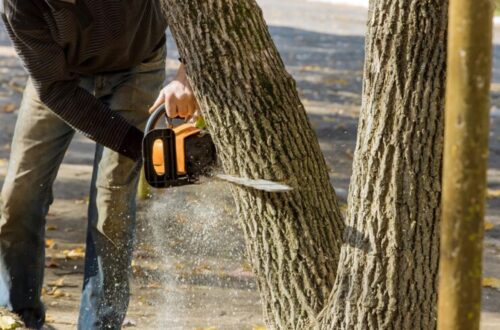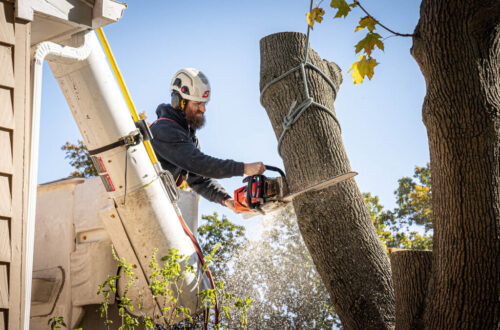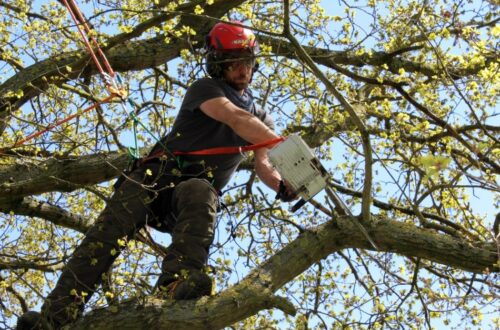Selecting an arborist for tree removal can be a daunting task, especially considering the importance of choosing a qualified professional for the job. In regions like Inner West Sydney, where tree management is a critical aspect of landscaping and urban planning, understanding the nuances of this profession will help you make a well-informed decision. This article aims to guide you through the process of selecting the best arborist, from understanding their role to navigating cost considerations.
Understanding the Role of an Arborist
An arborist is a trained professional who specializes in the care and management of trees down under. They possess extensive knowledge about tree biology, health, and appropriate care techniques. Arborists play a crucial role not only in tree removal but also in maintaining the overall health of the trees in our communities.
Key Responsibilities of an Arborist
Arborists are responsible for a wide variety of tasks that go beyond just cutting down trees. Some of their key responsibilities include:
- Assessing tree health and identifying potential risks
- Providing recommendations for tree care and maintenance
- Executing tree removal when necessary, ensuring safety
- Conducting stump grinding and removal
- Managing tree planting initiatives to maintain ecological balance
By entrusting tree-related tasks to a certified arborist, you ensure that the work is performed safely and with consideration for the environment.
Importance of Hiring a Professional Arborist
The importance of hiring a professional arborist cannot be overstated. A qualified arborist has the expertise to handle complex tree removal projects safely and efficiently. Additionally, they are knowledgeable about local regulations, ensuring compliance with laws related to tree management.
Failure to hire a professional can result in improper techniques used during removal, which might harm surrounding plants, infrastructure, and even people. Professional arborists not only take safety seriously but also protect the integrity of your landscape.
Moreover, arborists are equipped with specialized tools and equipment that allow them to perform their tasks with precision. From chainsaws to aerial lifts, these tools enable them to reach heights and angles that would be challenging for an untrained individual. Their training also includes understanding the anatomy of trees, which helps them make informed decisions about pruning techniques that promote healthy growth and longevity. This knowledge is especially crucial in urban environments, where trees often face unique challenges such as limited space, soil compaction, and pollution.
In addition to their technical skills, arborists often serve as educators in their communities, raising awareness about the importance of trees and the role they play in our ecosystems. They may conduct workshops or provide resources on topics such as tree selection, pest management, and sustainable landscaping practices. By fostering a greater understanding of tree care, arborists contribute to a culture of environmental stewardship that encourages individuals to appreciate and protect the natural resources in their surroundings.
Factors to Consider When Choosing an Arborist
When selecting an arborist for tree removal, several critical factors should influence your decision. Understanding these aspects will help you find a reputable professional suited to your specific needs.
Qualifications and Certifications
One of the primary criteria for selecting an arborist is their qualifications and certifications. Arborists should possess relevant certifications from recognized organizations, such as the International Society of Arboriculture (ISA) or the Tree Care Industry Association (TCIA).
These certifications demonstrate that the arborist has undergone rigorous training and adheres to industry standards, showcasing their commitment to maintaining competency in tree care and management. Additionally, some arborists may hold specialized certifications in areas such as tree risk assessment or urban forestry, which can be particularly beneficial if your project involves complex urban environments or high-risk trees.
Experience and Expertise
Experience plays a vital role in the realm of tree removal. An arborist with several years in the field is likely to have encountered various situations and can handle unexpected challenges that may arise. When choosing an arborist, consider their level of expertise in:
- Residential versus commercial tree projects
- Specific tree species common in Inner West Sydney
- Different removal techniques and equipment
Past projects and case studies can also provide a glimpse into their proficiency and approach to tree removal tasks. Furthermore, an experienced arborist will be well-versed in local regulations and permits required for tree removal, ensuring that your project complies with all legal requirements and minimizes potential liabilities.
Reputation and Reviews
A strong reputation within the community is a positive indicator of an arborist’s quality of service. Look for reviews, testimonials, and referrals from previous clients to gauge the experiences others have had. Online platforms like Google Reviews, Yelp, and industry-specific forums can be incredibly helpful.
Choosing an arborist with a solid reputation not only gives you peace of mind but also increases the likelihood of receiving high-quality service. Additionally, consider reaching out to local landscaping companies or garden centers, as they often collaborate with arborists and can provide valuable recommendations based on their experiences. Engaging with professionals who have firsthand knowledge of an arborist’s work ethic and results can further inform your decision-making process.
The Process of Tree Removal
The process of tree removal generally involves several key steps, each designed to ensure safety and efficiency. An understanding of this process can provide clarity and help you prepare for the eventual tree removal.
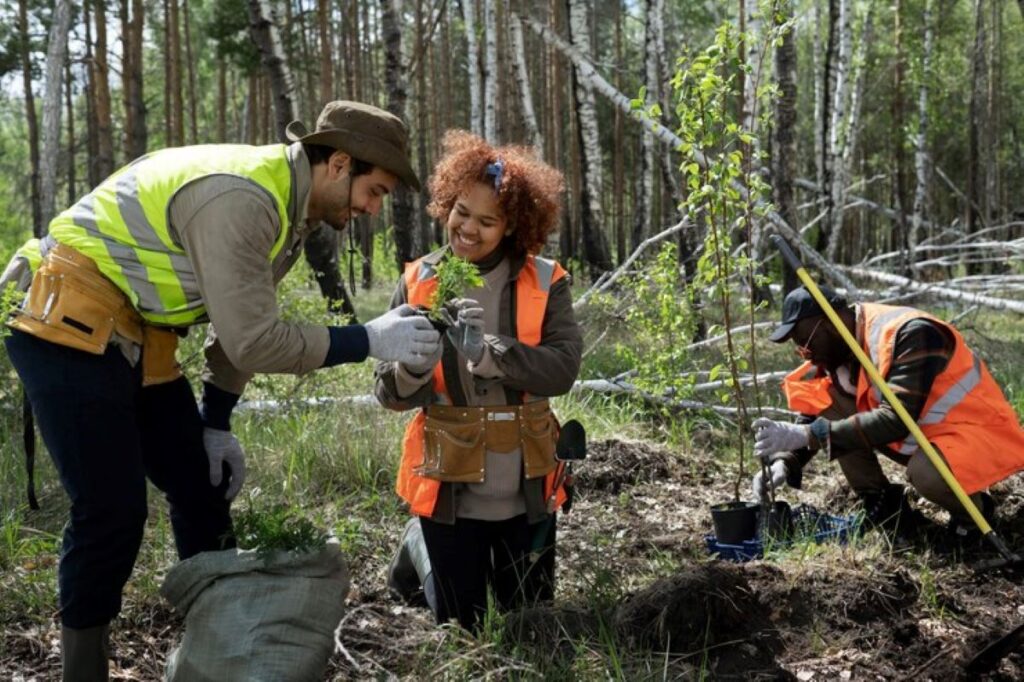
Initial Assessment and Consultation
Before any physical work begins, a professional arborist will conduct an initial assessment and consultation. During this stage, they will examine the tree and surrounding areas to determine the tree’s health and structural integrity.
The arborist will discuss your concerns, preferences, and any potential hazards present. This two-way communication establishes a clear understanding of the scope of work and allows for any necessary adjustments to be made. They may also assess the potential impact on nearby vegetation and wildlife, ensuring that the removal process is as environmentally responsible as possible.
Tree Removal Techniques
Various techniques are employed in the removal of trees, each suited to different situations. A qualified arborist will choose the most appropriate method based on factors such as the tree’s location, size, and condition. Common techniques include:
- Felling: Cutting the tree down in a single motion, typically used when there’s enough space.
- Sectional removal: Dismantling the tree piece by piece, ideal for trees located near structures or obstacles.
- Climbing and rigging: Experienced arborists may climb the tree and use ropes to lower branches safely.
The technique chosen impacts not only safety but also the efficiency of the removal process. For instance, felling a tree in a wide-open area can be straightforward, but when dealing with a tree surrounded by power lines or buildings, sectional removal becomes crucial to prevent damage. Moreover, the arborist’s experience plays a vital role in anticipating potential complications, such as unexpected wind conditions or hidden decay within the tree.
Post-Removal Cleanup and Maintenance
After the tree has been removed, cleanup is essential. A professional arborist will take care of debris removal, including branches, leaves, and the stump, and may offer services such as stump grinding. This ensures that your property is left tidy and safe post-removal.
Additionally, they may provide recommendations for future landscaping or tree planting initiatives to maintain the health of your local ecosystem. This could include suggestions for native species that thrive in your area, which can help restore balance to the environment and support local wildlife. Furthermore, the arborist might discuss soil health and the importance of mulching or composting the removed tree materials, thus promoting sustainability and enriching the soil for future plantings.
Legal and Safety Considerations for Tree Removal
Tree removal is not just a matter of convenience; it is also governed by various legal and safety regulations in Inner West Sydney. Being aware of these considerations is crucial for compliance and safety.
Understanding Local Tree Removal Laws in Inner West Sydney
Local councils have specific regulations regarding tree removal. In many cases, it may be necessary to obtain a permit before proceeding with tree removal, especially for protected trees. These laws aim to safeguard local biodiversity and ensure that tree management aligns with community values.
Prior to engaging an arborist, it’s vital to familiarize yourself with these regulations or consult your arborist for guidance on the legal requirements in your area. Additionally, some councils may have specific guidelines regarding the types of trees that can be removed, especially those that are native or have historical significance. Understanding these nuances can help homeowners make informed decisions and avoid potential fines or legal issues.
Safety Measures for Tree Removal
Safety is paramount when it comes to tree removal. Arborists adhere to strict safety standards to mitigate risks associated with working at heights and using heavy machinery. Some safety measures include:
- Utilizing personal protective equipment (PPE) like helmets and harnesses
- Securing the area to prevent unauthorized access during removal
- Employing proper techniques to reduce the risk of falling branches
By hiring a professional arborist, you ensure that these safety protocols are in place, safeguarding both workers and your property. Furthermore, arborists are trained to assess the condition of the tree and the surrounding environment, which can help identify potential hazards such as nearby power lines or unstable ground. This level of expertise is essential in planning the safest and most efficient approach to tree removal.
Moreover, it’s important to consider the environmental impact of tree removal. Responsible arborists often incorporate strategies for replanting or enhancing the landscape post-removal. This not only helps to maintain the ecological balance but also contributes to the overall aesthetic of the community. Engaging with local environmental groups or councils can provide additional resources and support for sustainable practices in tree management, ensuring that the removal process aligns with broader conservation efforts in Inner West Sydney.
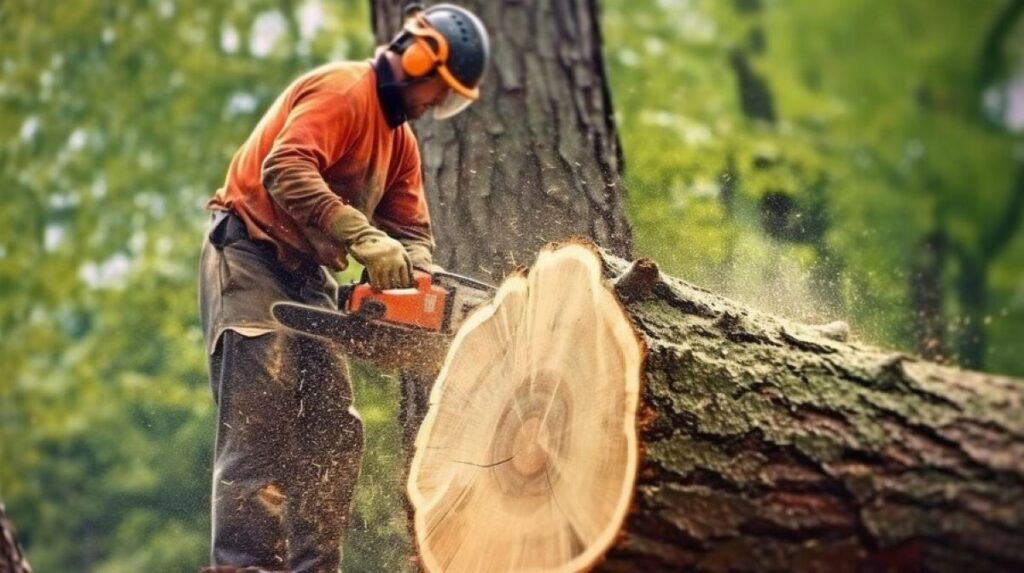
Cost Considerations for Hiring an Arborist
The cost of hiring an arborist for tree removal can vary significantly based on several factors. Understanding these considerations can help you budget effectively and avoid potential pitfalls.
Factors Influencing the Cost of Tree Removal
Several aspects influence the overall cost of tree removal services. These include:
- The size and height of the tree
- Location and accessibility of the tree
- The complexity of the job, including potential hazards
- Disposal of debris and stump removal
Obtaining multiple quotes can provide a clearer picture of the average costs associated with tree removal in the Inner West Sydney area.
Tips for Getting a Fair Quote
When seeking quotes from arborists, ensure you ask specific questions to ascertain the full scope of the services being offered. Here are several tips to ensure fairness in your quotes:
- Request detailed estimates that break down costs for labor, equipment, and debris disposal.
- Inquire about any potential additional charges that may arise during the process.
- Compare quotes from at least three arborists to get a better understanding of market rates.
By being proactive and informed, you stand a greater chance of securing a fair and competitive price for tree removal services.
In conclusion, selecting the best arborist for tree removal in Inner West Sydney involves a careful consideration of their qualifications, experience, and the processes they employ. By understanding the role of an arborist, the tree removal process, and the associated legalities and costs, you can make a well-informed decision that meets your needs effectively.
More to Read: Tree Removal Inner West:Avoiding Mistakes while Removing Trees




